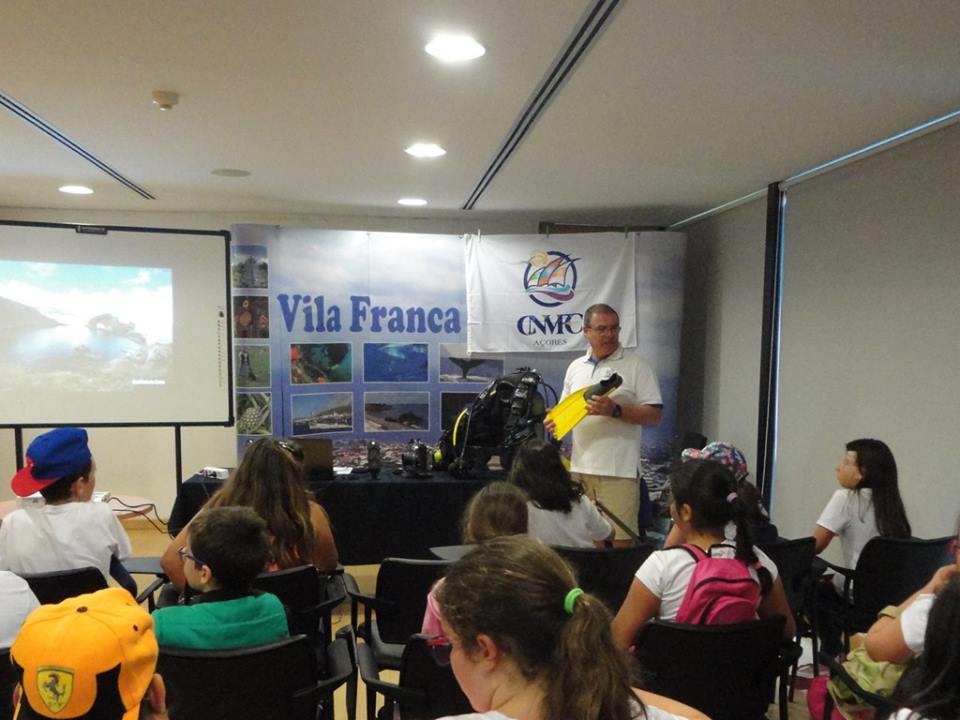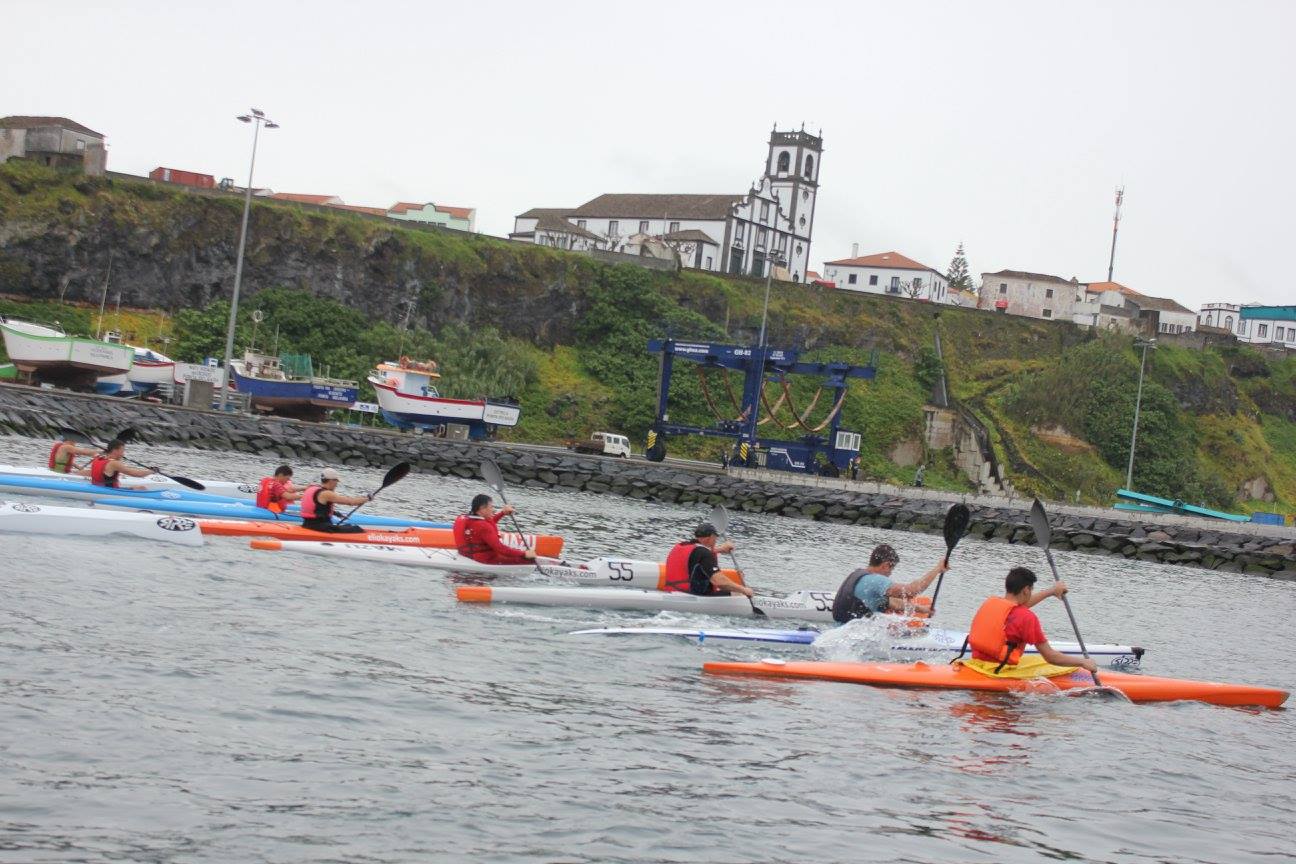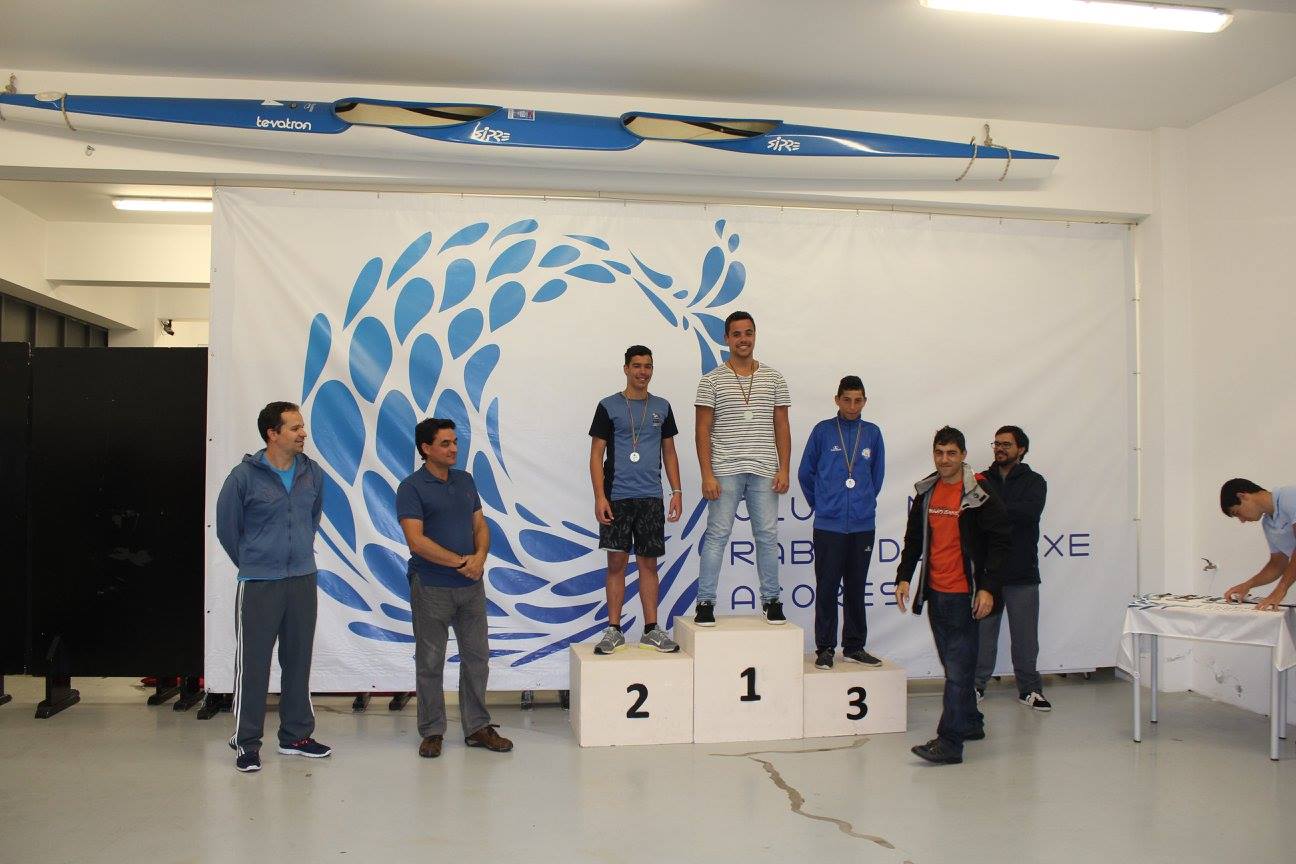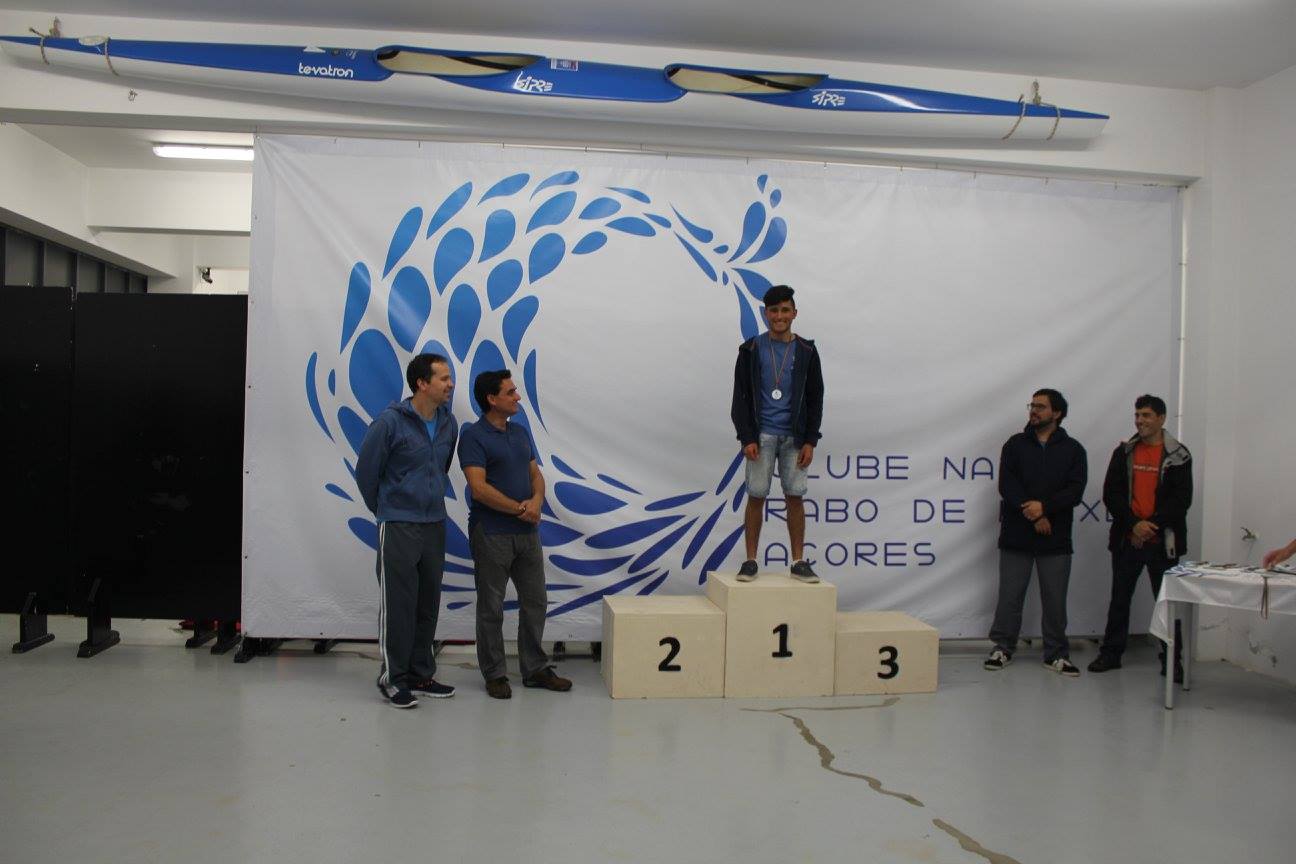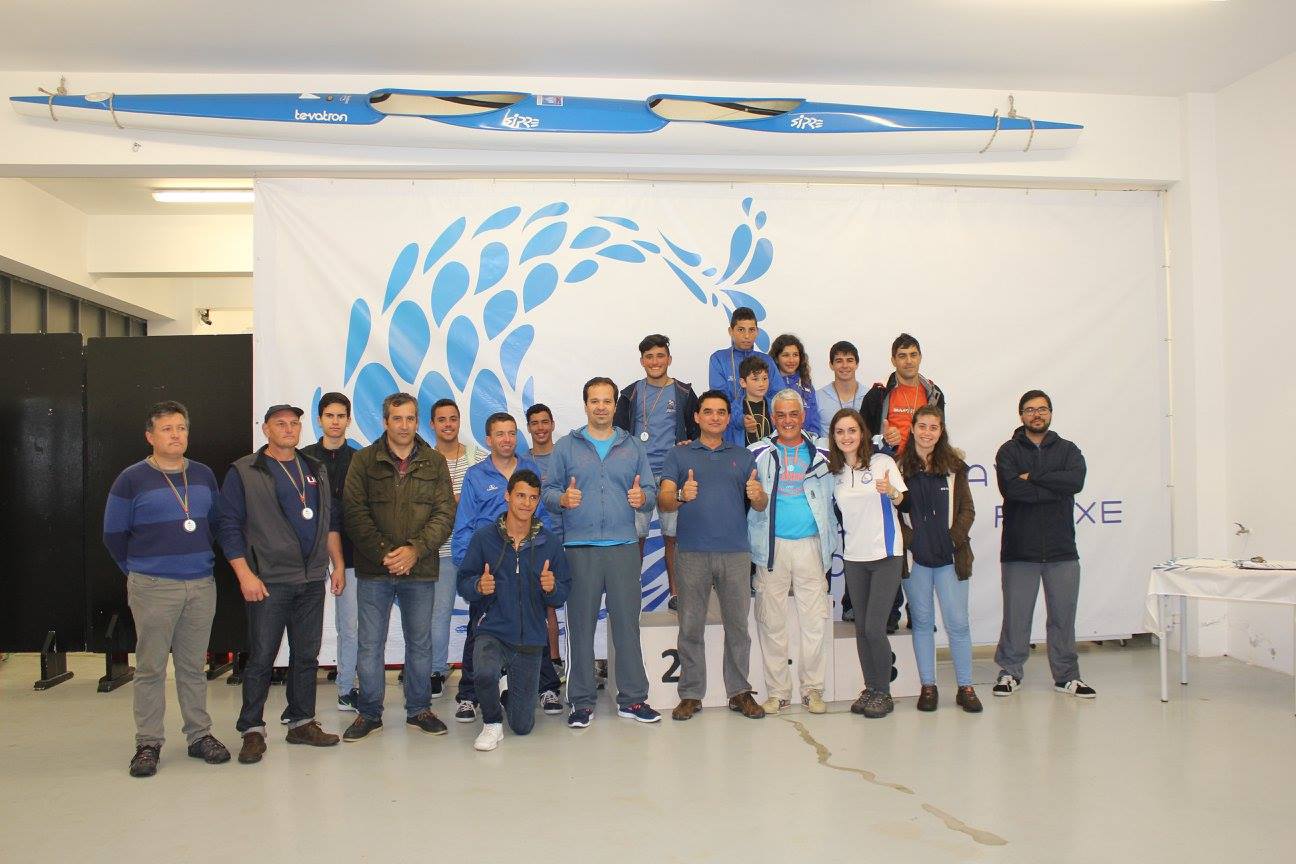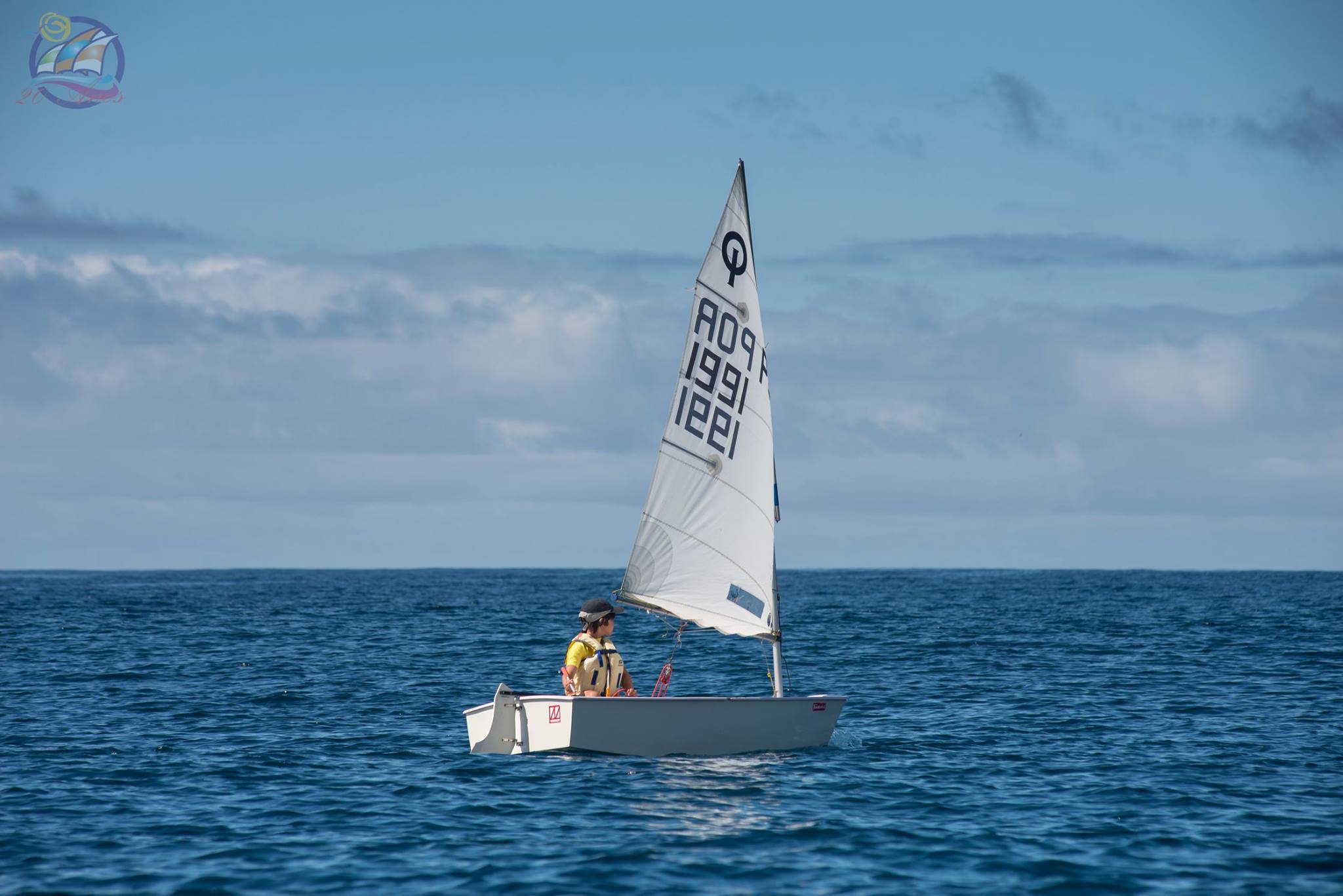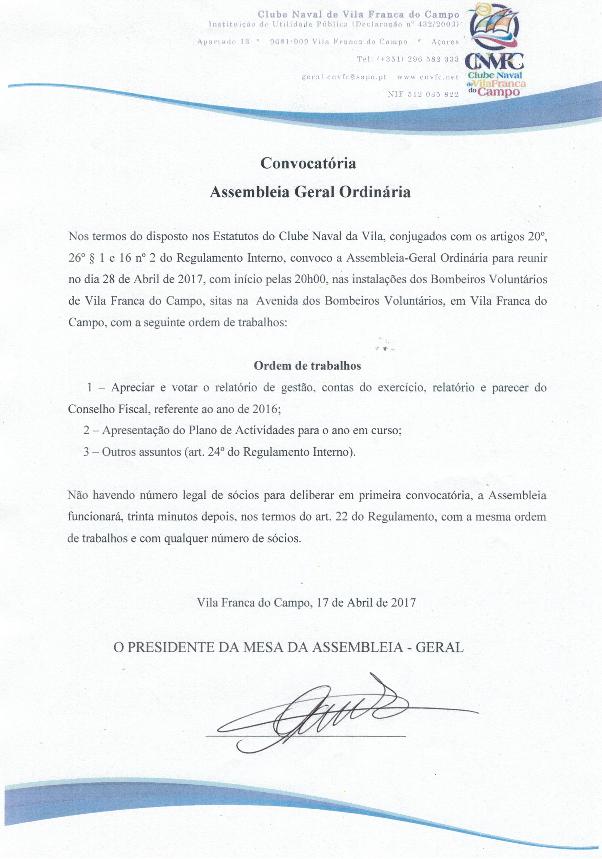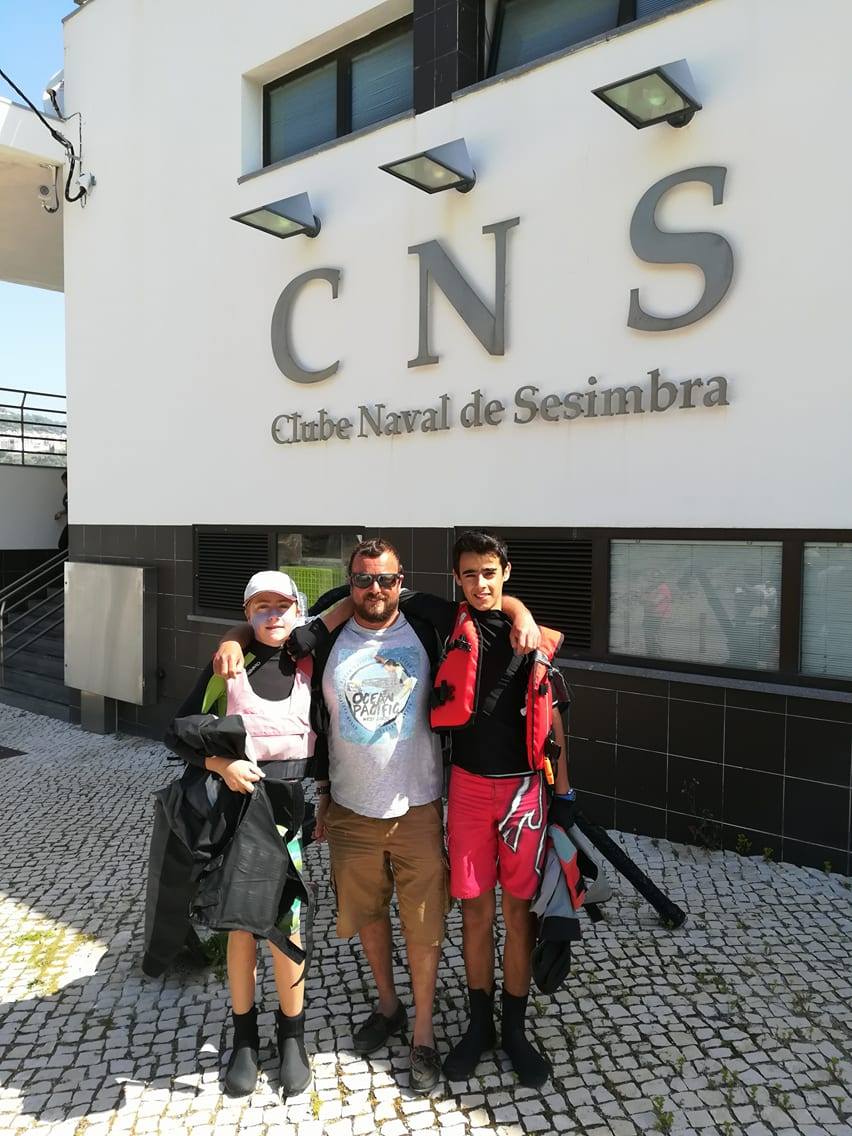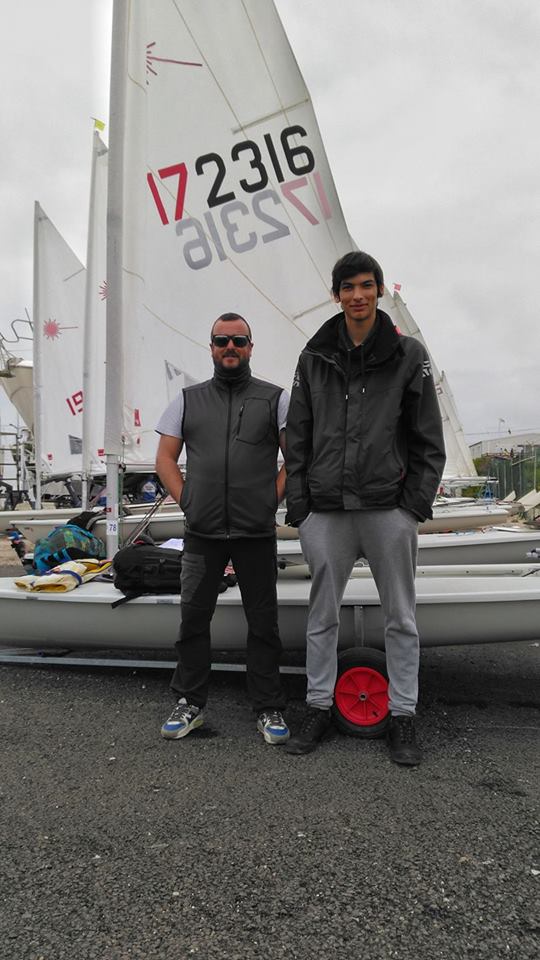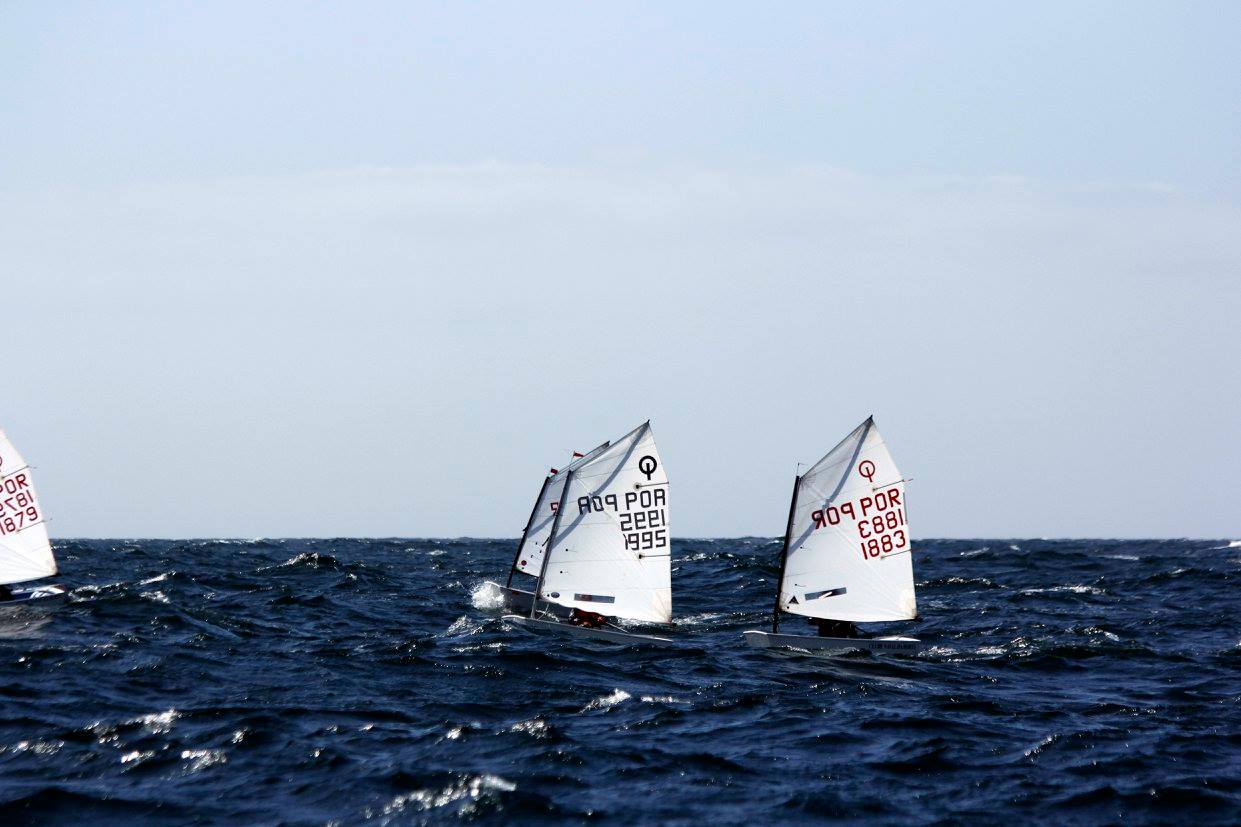Numa iniciativa conjunta do Observatório do Mar dos Açores (OMA) e do Festival Cine’Eco|Seia, com a colaboração da Biblioteca Pública e Arquivo Regional João José da Graça (BPARJJG), arranca no Faial, no próximo dia 9 de Março, a extensão da edição de 2016 deste Festival nos Açores. Este ano temos um arranque em grande, com a exibição do filme vencedor do Grande Prémio Cine’Eco 2016 – A Suplicação – vozes para Chernobyl (La Supplication – voices for Chernobyl), de Pol Cruchten (Luxemburgo, 86’). Para além desta longa metragem, são apresentadas duas curtas sobre um tema sobre o qual muito se tem falado nos últimos tempos – A Central Nuclear de Almaraz levanta dúvidas relativamente à segurança (The Almaraz Nuclear Central put questions about the safeety), de Hugo Alcântara (Portugal, 2016, 8’49’’) e Central Nuclear de Almaraz: uma bomba atómica na margem do Tejo (Central Nuclear of Almaraz: an atomic bomb in Tagus riverside), de Dina Soares, Joana Bourgard e Rodrigo Machado (Portugal, 2016, 16’).

Central Nuclear de Almaraz: Uma Bomba Atómica Na Margem do Tejo (Central Nuclear of Almaraz: An Atomic Bomb In Tagus Riverside) (Portugal), 14’53’’ (Rádio Renascença)
A central nuclear de Almaraz, a mais antiga de Espanha ainda em laboração, devia ter fechado em 2010. O governo espanhol prolongou-lhe a vida até 2020, mas as empresas accionistas pretendem que a licença seja renovada por mais 10 anos. Nos dois lados da fronteira são cada vez mais as vozes que denunciam os riscos associados a uma central fora de prazo e que já sofreu mais de 2.500 avarias. Só este ano, já teve que parar duas vezes devido a problemas técnicos que nunca ficaram totalmente esclarecidos. Portugal está na linha da frente, em caso de acidente, mas o Governo português pouca informação parece ter sobre o que se passa aqui ao lado. Trinta anos depois do acidente de Chernobyl, a RR visitou a central nuclear de Almaraz. Reportagem de Dina Soares, Joana Bourgard e Rodrigo Machado (infografia).
The Almaraz nuclear power plant, the oldest builded in Spain and it’s still in operation. This nuclear power plant should have closed in 2010. The Spanish government prolonged its life until 2020, and the shareholders companies are claiming that its license should be renewed for another 10 years. On both sides of the border of Spain and Portugal, there are more and more voices that denounce the risks of a power plant working out of time and that has suffered more than 2.500 malfunctions since that has builded. Only this year the power plant had to stop twice due to technical problems that were never clarified by the board. In case of a nuclear accident Portugal is on the front line. Portuguese government doesn’t seems to have much information about what is happening there. Thirty years after the Chernobyl accident, the RR (Rádio Renascença) visited the nuclear power plant of Almaraz. Reporting by Dina Soares, Joan Bourgard and Rodrigo Machado (infographics).
A Central Nuclear de Almaraz Levanta Dúvidas Relativamente à Segurança (The Almaraz Nuclear Central Put Questions About There Safety) (Portugal), 8’49’’ (SIC)
A central nuclear espanhola de Almaraz, a 100 kms da fronteira com Portugal, está a levantar dúvidas relativamente à segurança. Recentemente, a Greenpeace denunciou problemas no edifício e, no início deste ano, depois de duas avarias nos motores das bombas que puxam a água do Tejo para refrigerar os reatores, o Conselho de Segurança Nuclear realizou uma vistoria. As elétricas que exploram a central prometem corrigir as falhas e o Governo espanhol garante que não houve contaminação. Reportagem de Hugo Alcântara.
The spanish nuclear power plant of Almaraz, is located 100 kms from the border of Portugal, and it’s raising doubts about its safety. Recently, the Greenpeace denounced some problems in the building of the power plant, after two malfunctions in the engines of the pumps that pull water from the Tagus to cool the nuclear reactors. The spanish Nuclear Safety Council have conducted a survey to check this problems. The electric companies that are exploring the nuclear power plant promised to fix and control all problems and the Spanish government ensures that there is no contamination in the water of Tagus. A report by Hugo Alcântara.
A Suplicação-Vozes de Chernobyl (La Supplication-Voices from Chernobyl), de Pol Cruchten, (Luxemburgo), 86 minutos
Adaptado do romance de Svetlana Alexievitch, que ganhou o Prémio Nobel da Literatura em 2015, trata-se de um olhar sóbrio e raro sobre a cidade de Chernobyl. Este filme não é sobre Chernobyl, mas sobre o mundo de Chernobyl do qual não sabemos quase nada. Os testemunhos permanecem: cientistas, professores, jornalistas, casais, crianças… Eles evocam como foram as suas vidas, depois do desastre nuclear. As suas vozes formam uma longa súplica, terrível mas necessária, que ultrapassa as fronteiras e leva-nos a interrogar-nos sobre a nossa condição.
https://www.youtube.com/watch?v=GDbibyVD4fc
Adapted from the novel by Svetlana Alexievitch, Nobel Prize winner for Literature 2015, is a sober and rare view of the city of Chernobyl. This film is not about Chernobyl, yet about the world of Chernobyl of which we know so little. Eyewitness reports remain: scientists, teachers, journalists, couples, children… They recall as were their lives, after the nuclear disaster. Their voices form a long, terrible but necessary supplication which crosses boundaries and takes us to question our status quo.
Legendados em Português, estes filmes/documentários constituem a primeira sessão da extensão do Festival Cine’Eco|Seia aos Açores, onde serão, para além do Faial, exibidos também na Terceira e em São Miguel.
OMA – Observatório do Mar dos Açores



